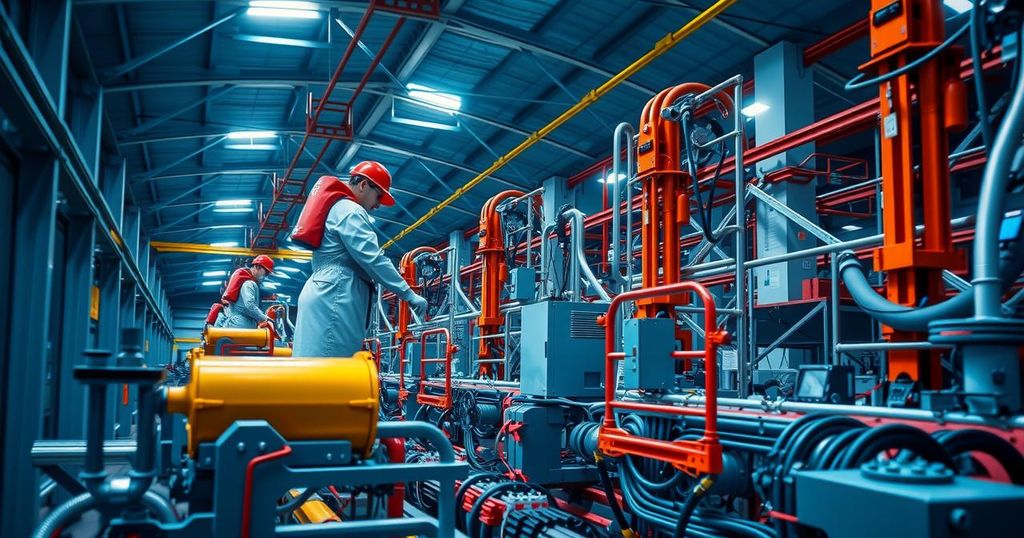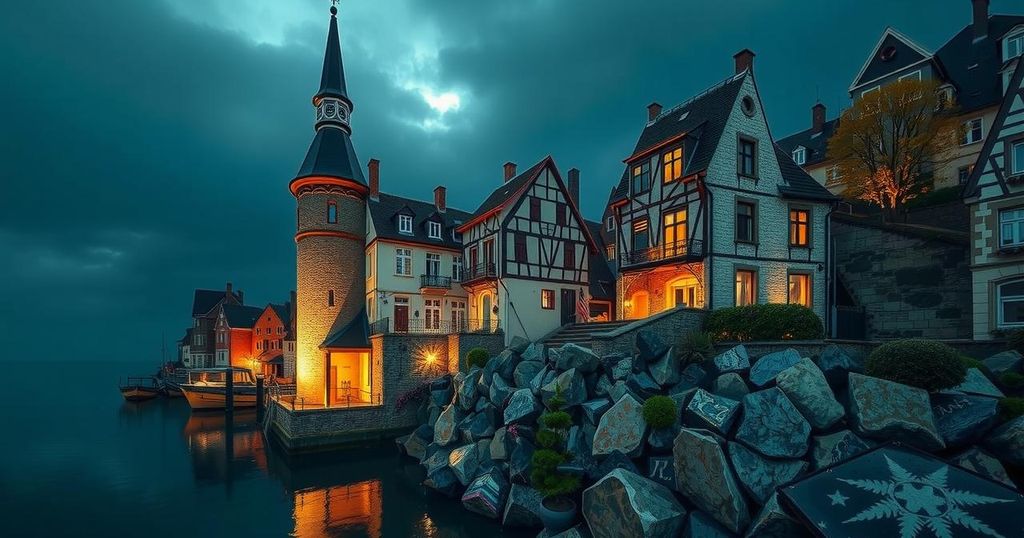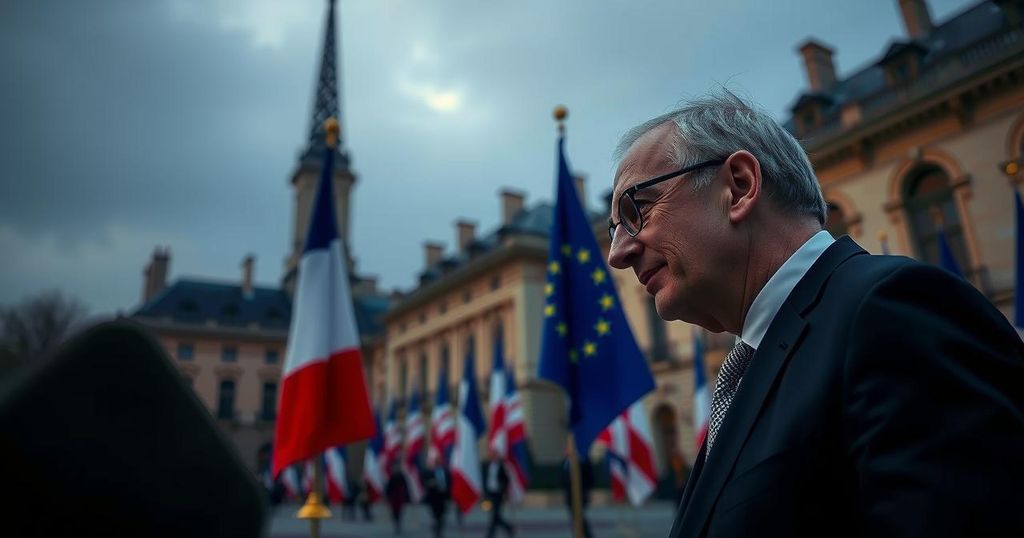Original Source: www.la-croix.com
The article highlights an upcoming crucial meeting among European industry ministers aimed at addressing the continent’s competitiveness in the global market. Facing economic challenges and the need for strategic reinforcements, discussions revolve around potential protective measures and new funding mechanisms to support key sectors, such as steel. The backdrop includes varying perspectives on debt policies, urgent action calls, and legislative proposals indicating a quest for stability and growth amid external pressures.
On a crisp November day, as the shadows of uncertainty loom over Europe, industry ministers convened in the heart of Brussels. Their mission? To navigate the turbulent waters threatening the continent’s economic strength and competitive edge on the global stage. With France spearheading calls for a steel rescue plan, discussions are bound to be as passionate as the stakes are high.
This gathering takes on an air of urgency, with the ministers aiming to craft a new chapter in European competitiveness. Featuring insights from the esteemed Mario Draghi, whose recent report has been hailed as both alarming and visionary, the agenda is rich with promise. Yet beneath this hopeful veneer lies disquiet, as members contemplate both immediate and future economic strategies.
Profound transformations are needed, but clarity in proposed measures remains elusive. Ideas permeate the air, ranging from enhancing supply chain transparency to advocating for sustainable industrial practices. The notion of establishing a new competitiveness fund resonates, sparking lively debates amongst the ministers, as they weigh the importance of coordinated investment policies against the backdrop of those reluctant to embrace further EU-level debt commitments.
The atmosphere grows tense as the concept of protective measures makes its rounds. Some ministers advocate for bold actions, such as increasing tariffs and activating safeguard clauses to shield European industries from the deluge of external competition. These calls for action are not mere whispers in the wind but assertive declarations to bolster both investment and protective strategies.
Under the stern gaze of Marc Ferracci, France’s Minister for Industry, the urgency to defend the steel sector becomes ever more pronounced amidst rising pressures and potential crises. But the challenge remains: will the leaders unite under a common vision for revitalising Europe’s industrial prowess or succumb to the strains of disagreement? This pivotal conference could indeed spell the future of European competitiveness, a tale threaded with ambition and resilience against the relentless tide of globalisation.




